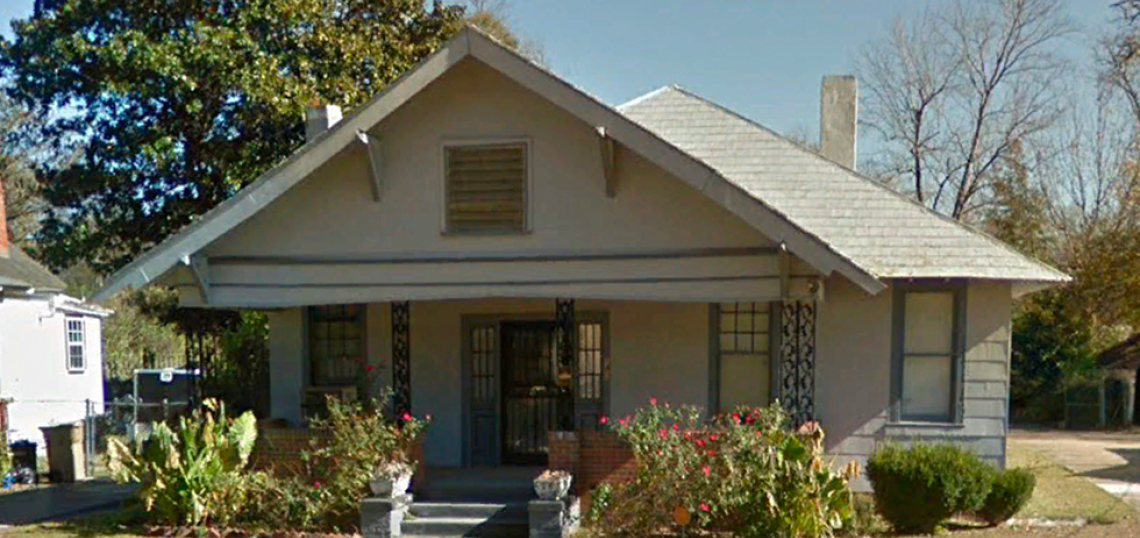An important part of the Civil Rights movement will find a new home in metro Detroit. The Jackson House in Selma, Alabama, where Dr. Martin Luther King Jr. planned the Selma-to-Montgomery marches of 1965, is moving 860 miles north to Dearborn's Greenfield Village.
The house belonged to Dr. and Mrs. Sullivan Jackson and has remained preserved throughout the years, with the same furniture used by Dr. King and civil rights leaders as they worked for the movement in the 1960s.
According to a press release,
- In this house Dr. Sullivan Jackson and his wife Richie Jean provided a safe haven for the nation's leading civil rights activists to strategize and plan.
- In this house the “Selma Movement” and the momentous Selma-to-Montgomery marches of 1965 were largely planned.
- In this house Dr. Martin Luther King, Jr., worked and slept and strategized, along with key allies, for months before the Montgomery march.
- In this house King frequently spoke by phone with President Lyndon Johnson about the need to expand and protect Black voting rights through national legislation.
- In this house King and others watched, electrified, as President Johnson made a nationally televised address to Congress introducing the Voting Rights Act of 1965, proclaiming “We shall overcome.”
The house has been kept intact by Jawana Jackson, the only child of Dr. and Mrs. Jackson, who worked with the Henry Ford to preserve its history for years to come.
"The promise I made to my parents at their deaths to preserve our rich family legacy is now fulfilled,” Jackson said. “I am honored to partner with The Henry Ford to enhance the visitor experience with the addition of the Jackson House at Greenfield Village. This historic private residence will now be included among other nationally significant homes and artifacts which represent America’s commitment to justice, peace and freedom for all."
The move will take a few years and will include taking out the contents, taking apart the structure, preparing the site itself for the home, and building it back together with a new roof and systems to support it.
It will join more than 80 historic structures across over 80 acres in Greenfield Village, which is visited by 1.5 million people every year.






